Associate Professor Stella Capoccia jokes that Shawn Moorman (Biological Sciences, ’23) could barely differentiate duck from a goose when the pair started working together two years ago.
In the short time Moorman spent working on the Berkley Pit Waterfowl Protection Program, his skills have grown so much that Capoccia now often consults with him to identify photos of birds that are a bit more challenging.
“He’s become one of the best birders in the state,” Capoccia said.
Moorman said that birds weren’t a point of interest for most of his life. He attended Job Corps out of Darby and held numerous positions over a 17-year span including in maintenance, corrections, and construction.
“I just thought there has to be more out there for me,” Moorman remembers.
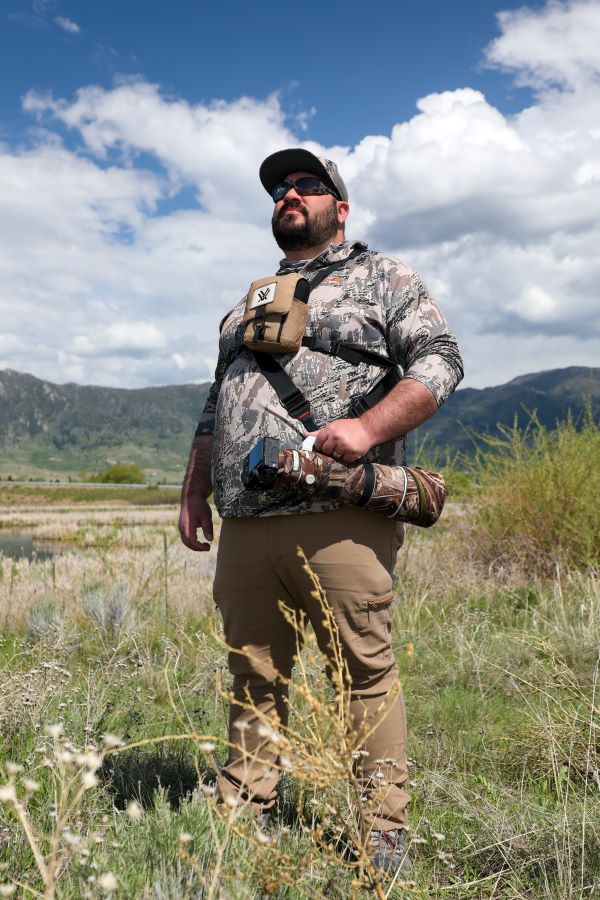
He decided to attend Montana Tech for data science, but after taking an elective biology class with Capoccia, Moorman was hooked on the subject and changed his major.
“I realized I didn’t want to spend my life behind a computer,” Moorman said.
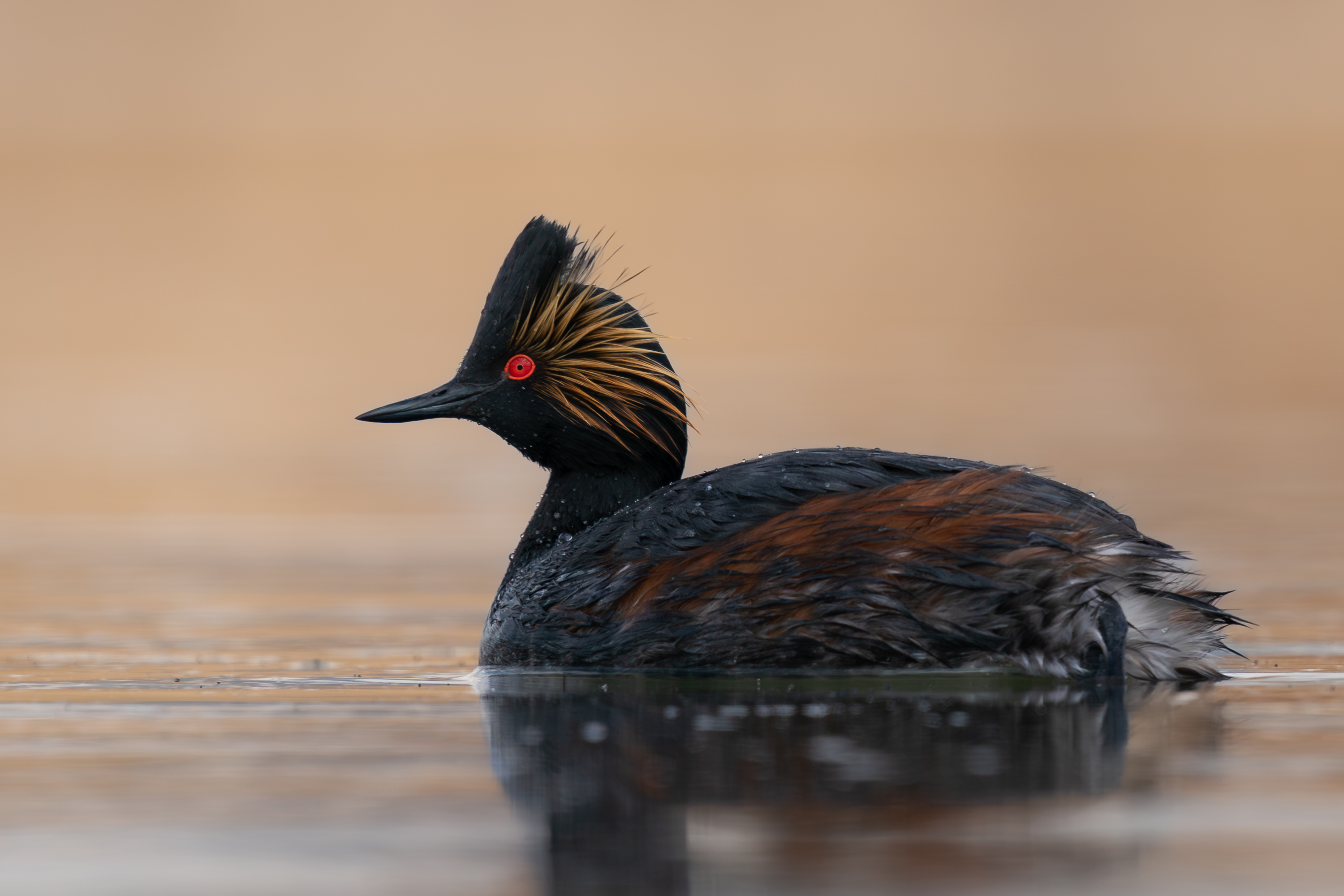
Eared Grebe Photo: Shawn Moorman
As part of his work for the Berkley Pit Waterfowl Protection Program, Moorman had to learn a long list of waterfowl and shorebird species. Each day Moorman spent time at Lexington Pond, and in the Nissler and Ramsay areas. The data collected is relayed to Montana Resources, which uses species-based hazing techniques to keep birds off the toxic Berkley Pit.
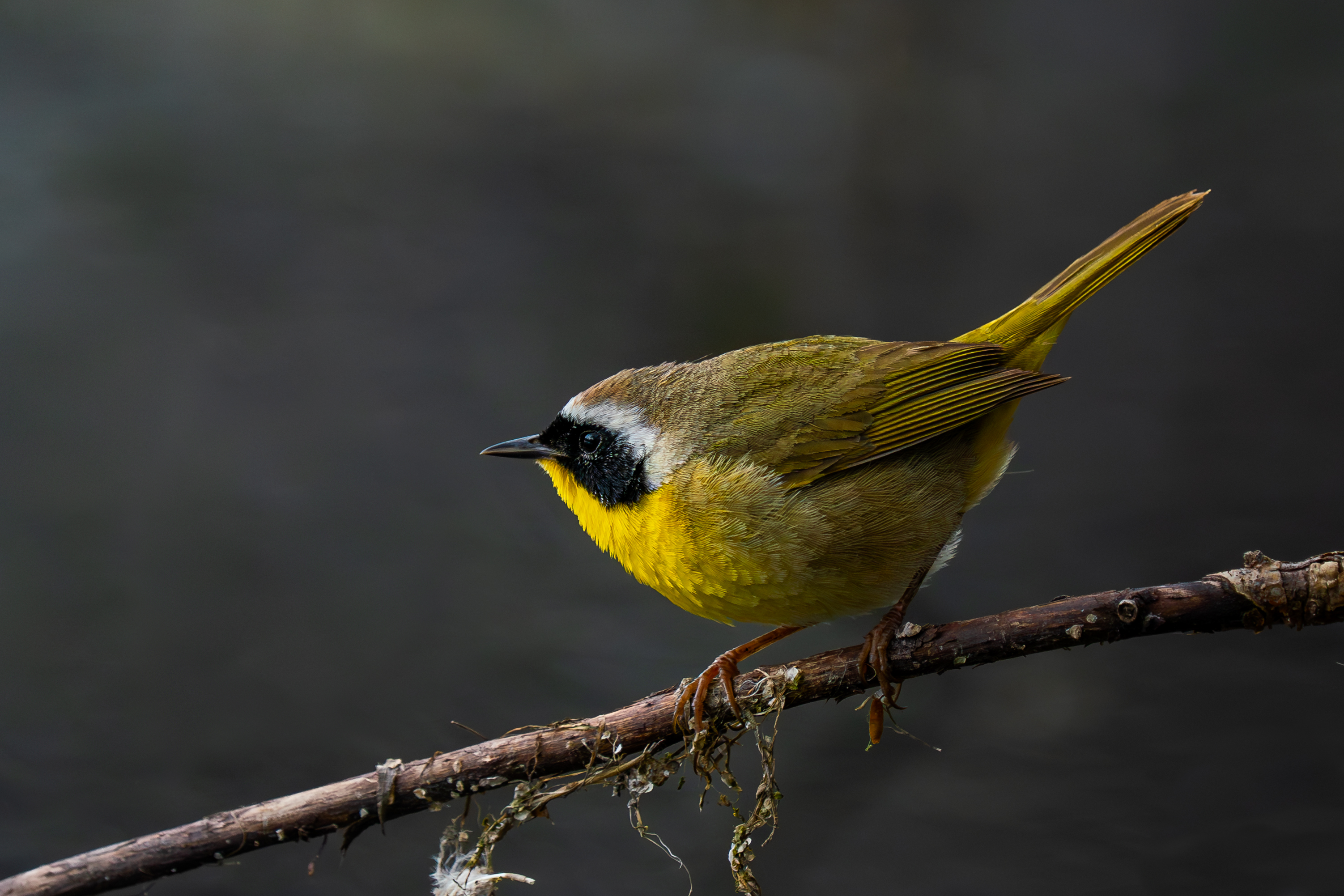
Common Yellow Throat Photo: Shawn Moorman
“It gives Montana Resources an idea of how many birds and what species of birds are in the area,” Moorman said. “The better birder I could become, the better asset I could be to the program. I took that to heart and learned as much as I could.”
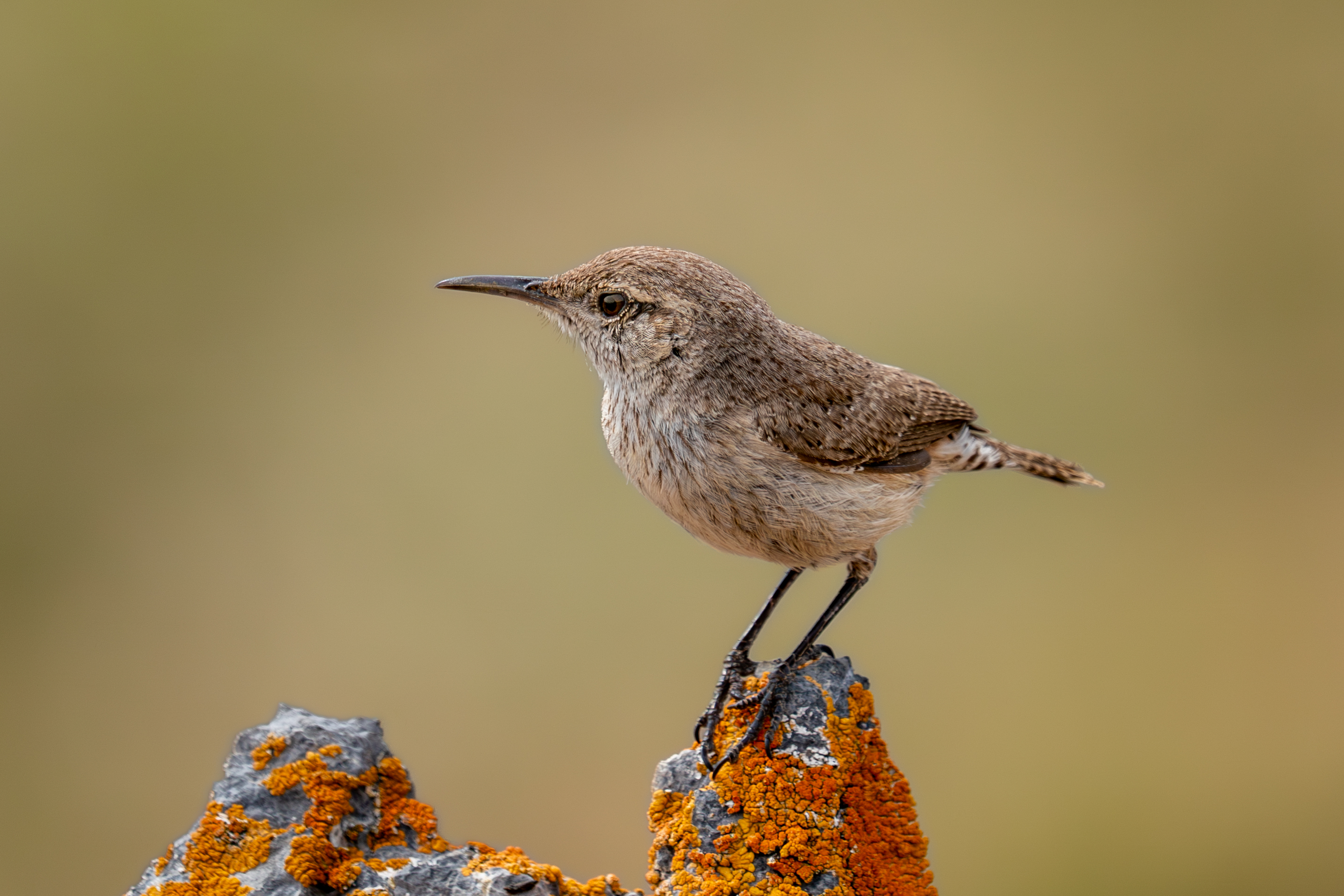
Rock Wren Photo: Shawn Moorman
At first, Moorman visited the water bodies in the middle of the day, to fit around his class schedule, but he soon found that the best time to count was at sunrise. Moorman’s bird count improved as he learned more about the habitat and behavior of different avian species and spent more time looking for them in the field.
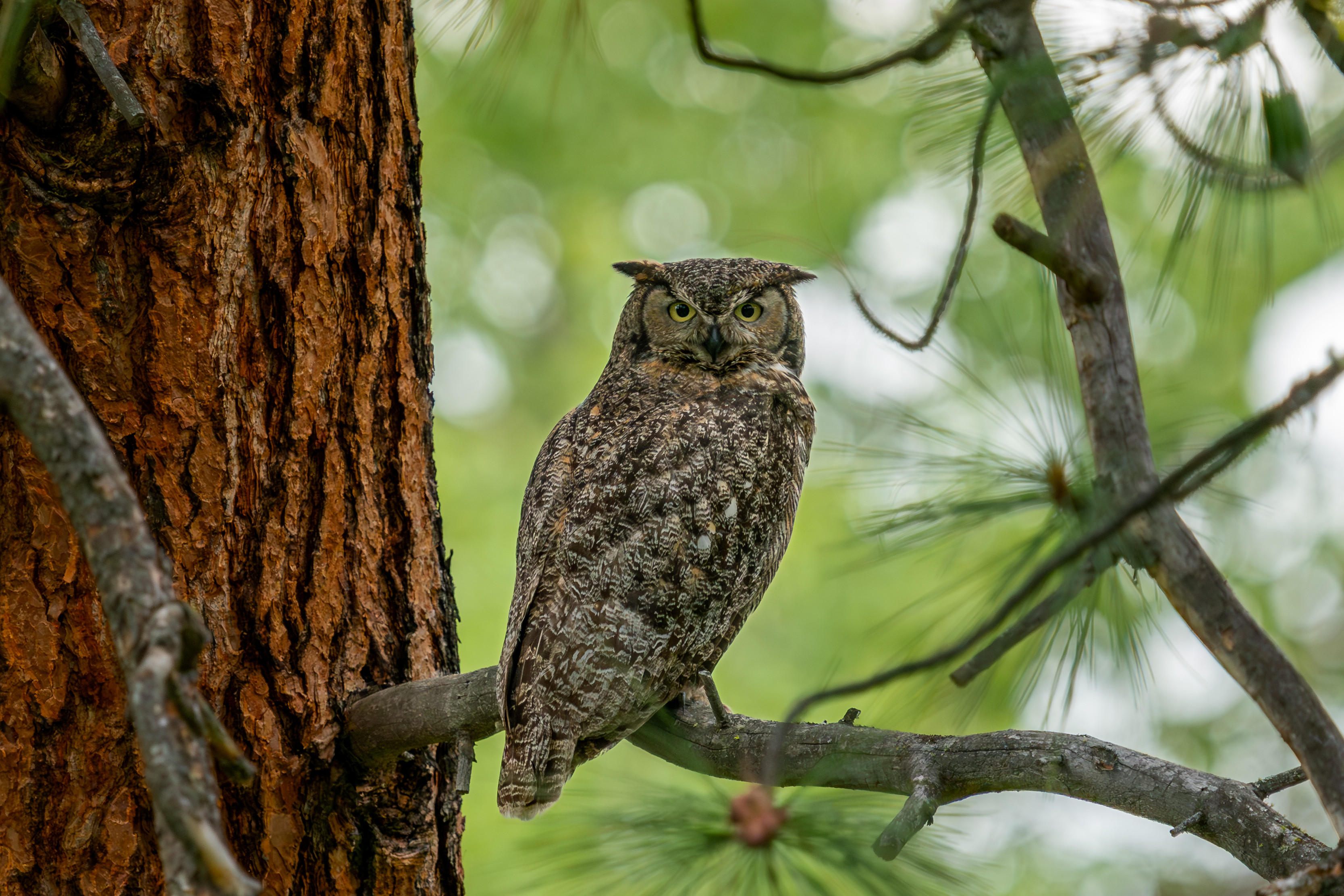
Great Horned Owl Photo: Shawn Moorman
Moorman uses eBird, an online database run by Cornell Lab of Ornithology, that allows users to share their birding reports. It’s basically digital nature journaling, but instead of drawing the species, Moorman uses a high-quality camera to capture stunning images. Other users can see the 212 species that Moorman spotted around Montana, and he quickly found that people who didn’t know him personally were familiar with his work through eBird.
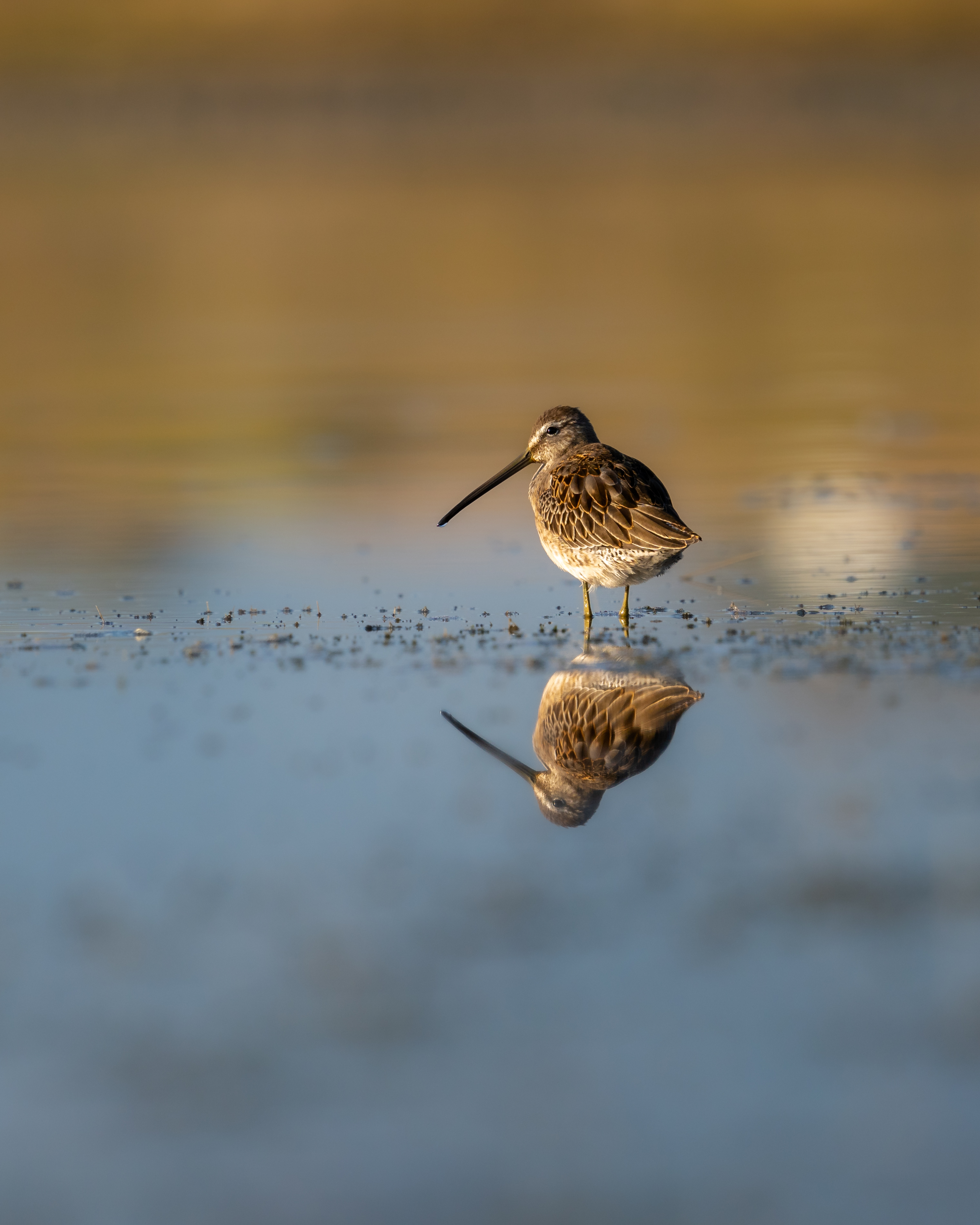
Long-billed Dowitcher Photo: Shawn Moorman
“You see one rare bird in one of your spots, and that will introduce you to a lot of birders,” Moorman said. “I have met many people through birding.”
Moorman says he might pursue a graduate degree in the future, but for now, he is focused on becoming a certified teacher. He also worked with the Clark Fork Watershed Education Program during his undergraduate experience, and discovered that he loved sharing knowledge with children.
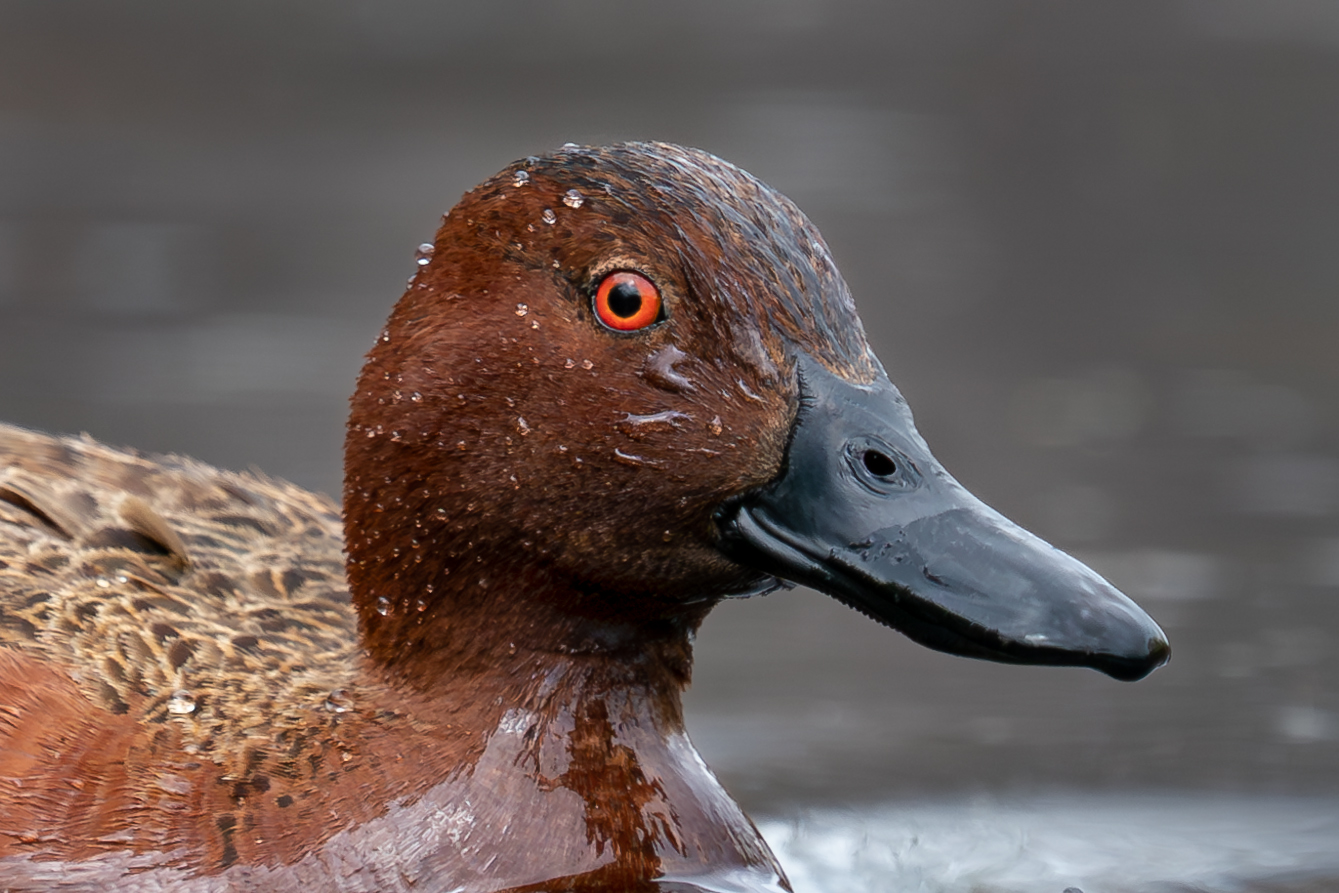
Cinnamon Teal Photo: Shawn Moorman
He’s hoping to incorporate place-based learning into his classroom. Moorman remembers growing up in Deer Lodge, when the banks of Silver Bow Creek were a dead zone. As he travels the creek and sees birds and other life on the rejuvenated landscape, he feels the need to share conservation principles with the next generation so they too can enjoy the wildlife of the area.
Moorman also has advice for those who have an interest in birding.
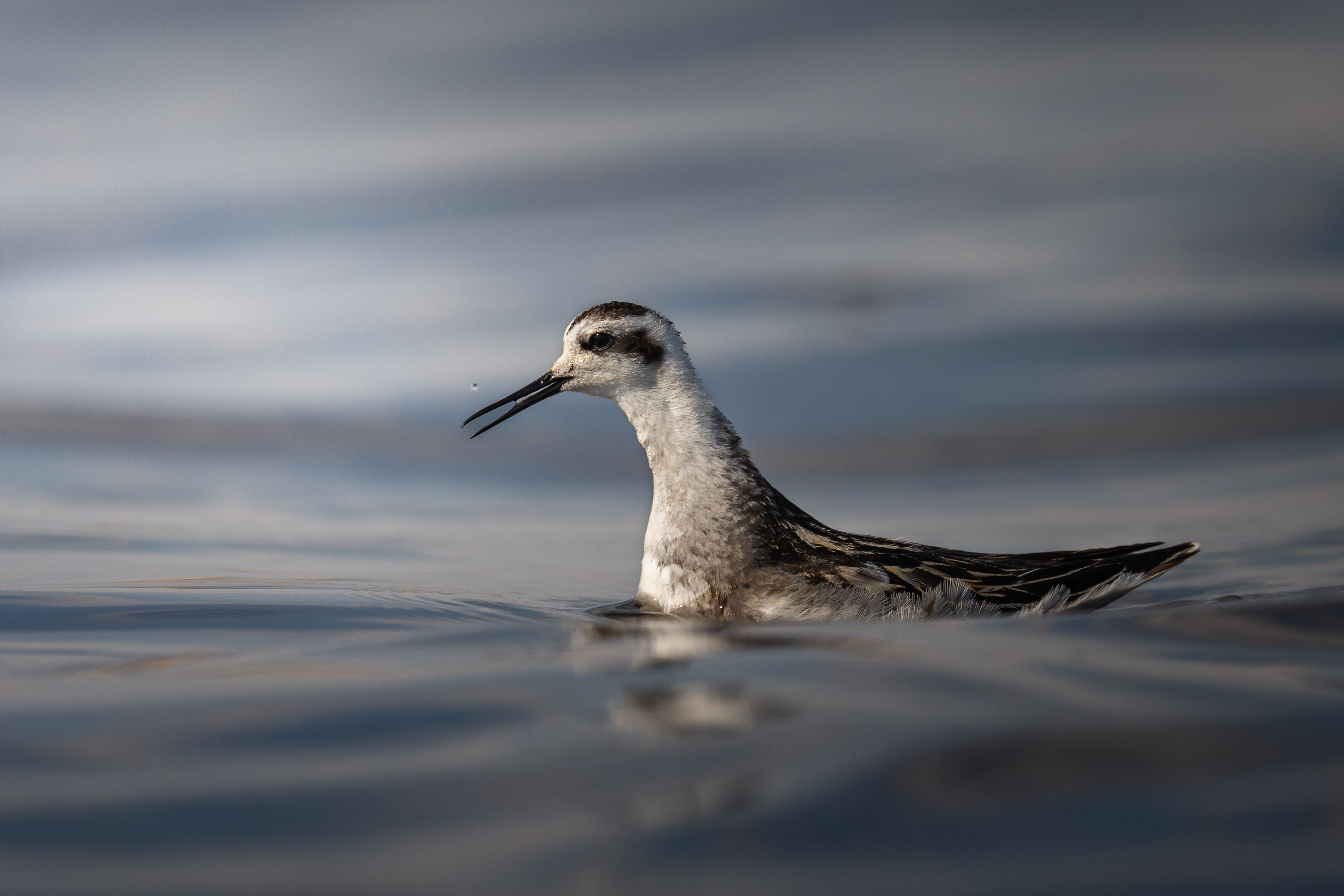
Red-necked Phalarope Photo: Shawn Moorman
“Get a good, current field guide, a decent pair of binoculars, and that’s a good start right there,” Moorman says. “If you are interested in contributing to citizen science, get Ebird. Most of the time, I just stumble upon rare birds. The more time you spend out there, the better your chances of seeing something moving through. This is a good place to learn about how birds repopulate restored areas.”




